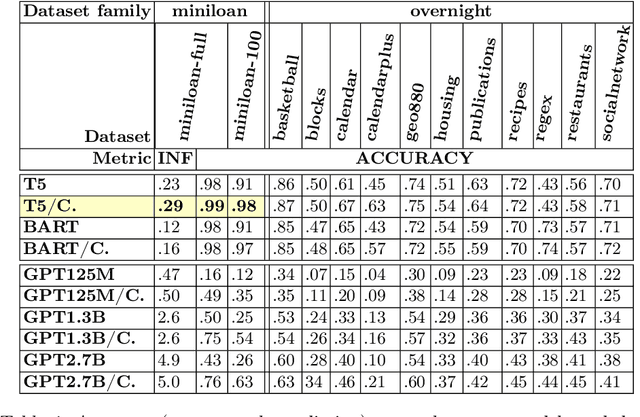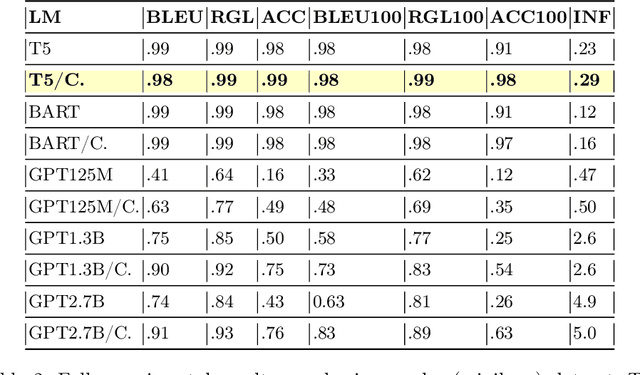A No-Code Low-Code Paradigm for Authoring Business Automations Using Natural Language
Paper and Code
Jul 15, 2022



Most business process automation is still developed using traditional automation technologies such as workflow engines. These systems provide domain specific languages that require both business knowledge and programming skills to effectively use. As such, business users often lack adequate programming skills to fully leverage these code oriented environments. We propose a paradigm for the construction of business automations using natural language. The approach applies a large language model to translate business rules and automations described in natural language, into a domain specific language interpretable by a business rule engine. We compare the performance of various language model configurations, across various target domains, and explore the use of constrained decoding to ensure syntactically correct generation of output.
 Add to Chrome
Add to Chrome Add to Firefox
Add to Firefox Add to Edge
Add to Edge